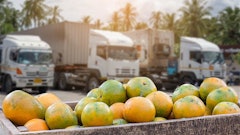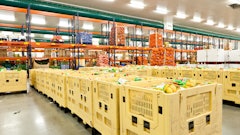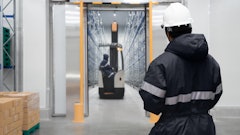Food companies continually look for ways to reduce logistics costs. For this issue's cover story, "Making Every Penny Count," [page 21], we spoke to five that have managed to achieve real cost-saving results using a variety of technologies. These companies include:
Newell Rubbermaid Inc., which has reduced transportation costs 5 percent using a solution that enabled the company's various business units to autonomously manage the logistics lifecycle from shipment order to freight;
Coca-Cola Bottling Co. Consolidated, which has achieved a forecast accuracy of 90 percent and reduced inventory by more than 25 percent using a collaborative demand solution;
Ocean Spray, which optimized its inbound transportation by subscribing to a Web-based transportation management system;
Pinnacle Foods Corp., which implemented a centralized transportation system after it merged with Aurora Foods last year and is no longer outsourcing its transportation management function to a third-party logistics provider; and
Reliable Food Supplies, which has been able to gain real-time visibility into its delivery cycle—without any capital cost expenditure—using an on-demand logistics service.
The tactics these companies are taking to reduce costs represent a shift in the way organizations view the logistics function. As Ralph Drayer, president of Supply Chain Insights and a former top Procter & Gamble executive, points out in the story, "Cutting costs has become a strategic differentiator for leading companies. It's a source of business growth as opposed to just efficiency."
As the economy slowly recovers, we expect to see more companies investing in technology in the logistics arena to gain a competitive advantage—as opposed to just cutting costs. And we'll continue to bring you coverage of these leading companies, because there's no better way to learn than by example.
Sneak Preview: Food Logistics is producing a special issue on Economic Development that will be published in the near future. We have scanned the entire country to find locations conducive to food companies operating manufacturing, processing, warehousing and distribution facilities. We'll be highlighting some of the well-known regions, as well as new—and perhaps surprising—locations where local economic development agencies are working diligently to offer food companies excellent opportunities to locate their businesses.
The special issue will cover transportation infrastructures, such as nearby highway corridors, rail access, airports and inland ports, as well as power, water and sewage accessibility, land availability, and business, tax and workforce incentives. Don't miss this exciting report!

























